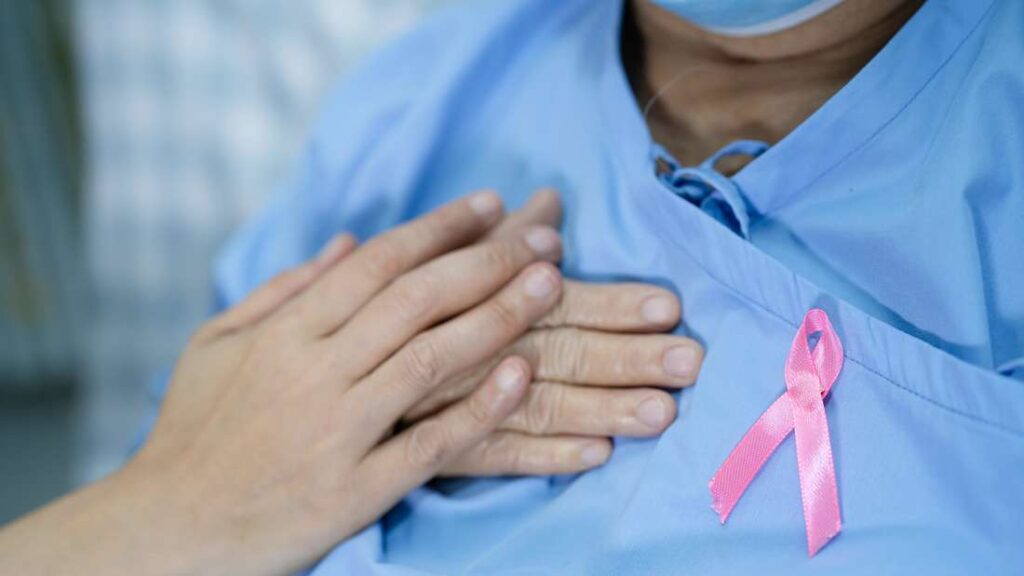A new study has uncovered a concerning link between nearly 200 chemicals associated with breast cancer and their presence in food packaging and plastic tableware, highlighting the potential dangers these substances pose to human health. The research indicates that many of these carcinogenic compounds can migrate from packaging materials into food and subsequently enter the human body. Jane Muncke, coauthor of the study and managing director of the Food Packaging Forum, emphasized the gravity of the findings, stating, “There is strong evidence that 76 known or potential breast carcinogens from food contact materials recently purchased all over the world can be found in people.” This study shines a light on the urgent need to eliminate harmful chemicals from our food supply, as experts see a rising trend in early-onset breast cancer among women under 50—a trend that cannot be solely attributed to genetics. With 40 of the detected chemicals already classified as hazardous by various regulatory bodies, the findings raise questions about the effectiveness of current safety standards.
Dr. Len Lichtenfeld, a former deputy chief medical officer for the American Cancer Society, pointed out that factors like obesity, alcohol consumption, and environmental influences could be contributing to the increase in cancer rates among younger populations. While the Consumer Brands Association maintains that its members adhere to FDA safety standards, critics argue that the FDA has failed to act decisively on the health implications of approximately 14,000 chemicals used in food packaging. In response to these concerns, the FDA plans to hold a public meeting to explore ways to improve its oversight of food contact substances.
The study builds upon previous research published by Silent Spring Institute, which cataloged a growing list of chemicals capable of causing mammary tumors. The recent update to this list now identifies 921 potentially carcinogenic substances, including those that may influence hormone production—factors linked to breast cancer risk. As the study detailed, the chemicals found in food packaging include well-known carcinogens such as benzene and various phthalates and bisphenols, notorious for their health risks. Although most carcinogen exposure arises from plastics, the study also revealed that 89 suspected carcinogens are present in paper and cardboard products used for food packaging.
Experts stress that it is crucial for regulatory agencies to take action against these harmful chemicals to protect public health. Jenny Kay, a research scientist not involved in the study, echoed the call for increased vigilance, asserting, “Consumers should not have to keep track of all of the scientific literature on what chemicals to avoid.” The study urges consumers to take proactive measures to reduce their exposure to these hazardous substances, such as opting for glass containers over plastic, avoiding high-temperature cooking methods that can release harmful chemicals, and choosing organic produce when possible. As the issue gains momentum, the push for safer food packaging continues, emphasizing the need for greater transparency and regulation to ensure public safety.



